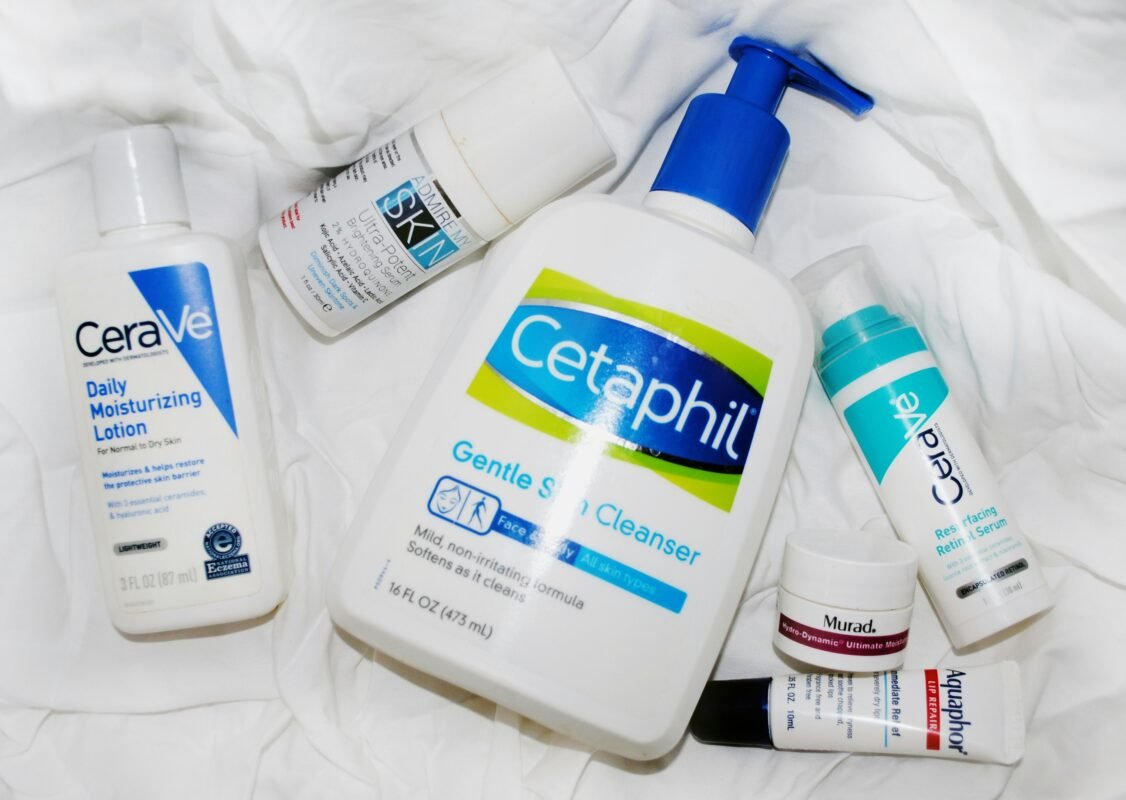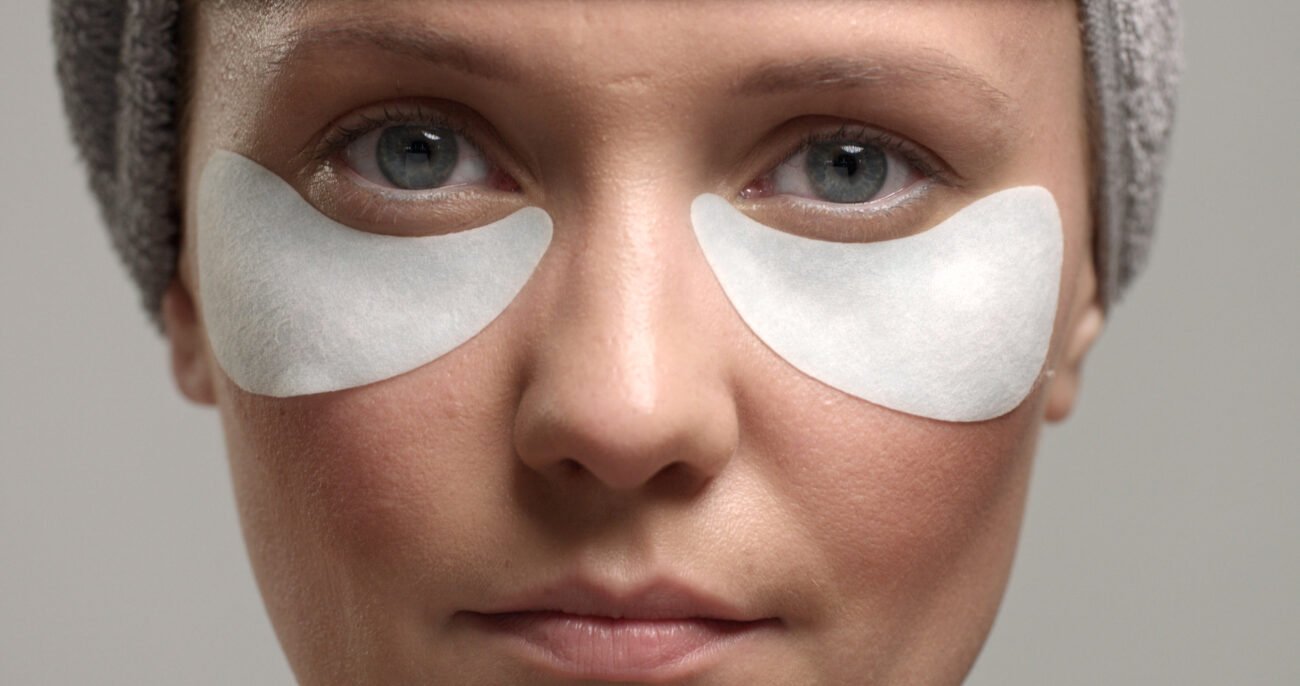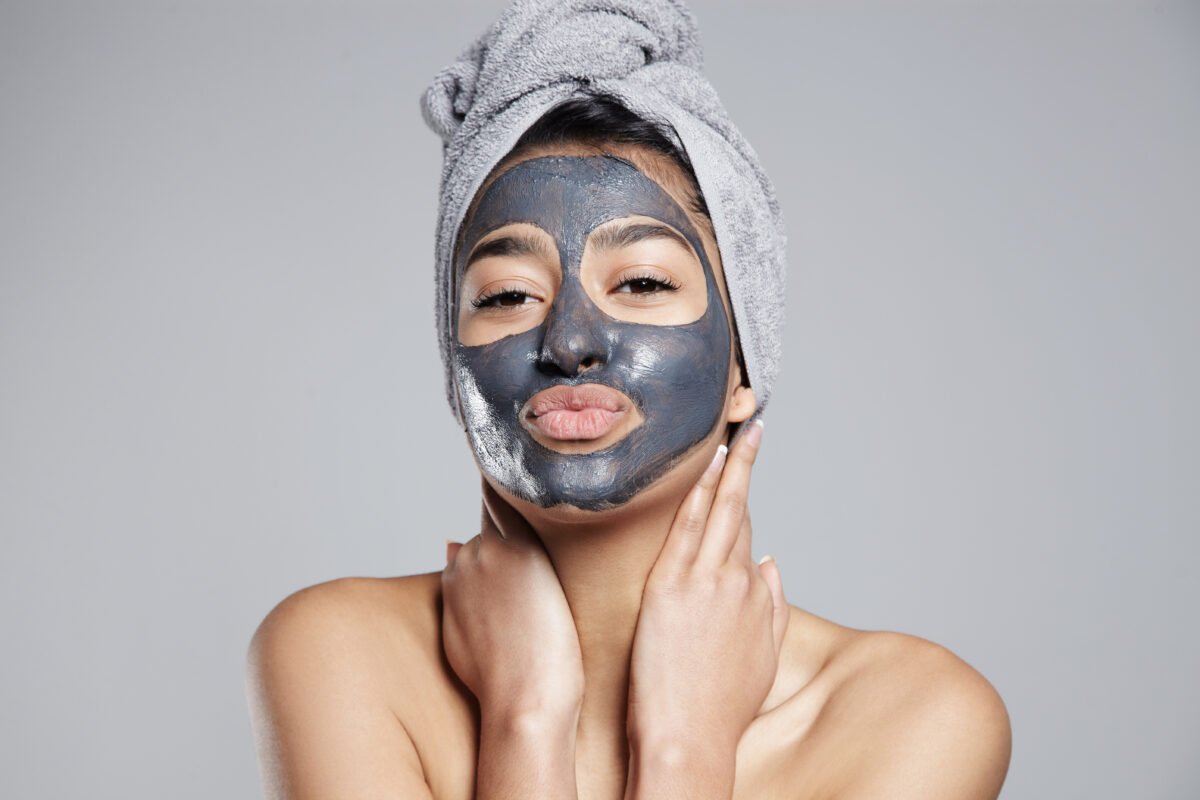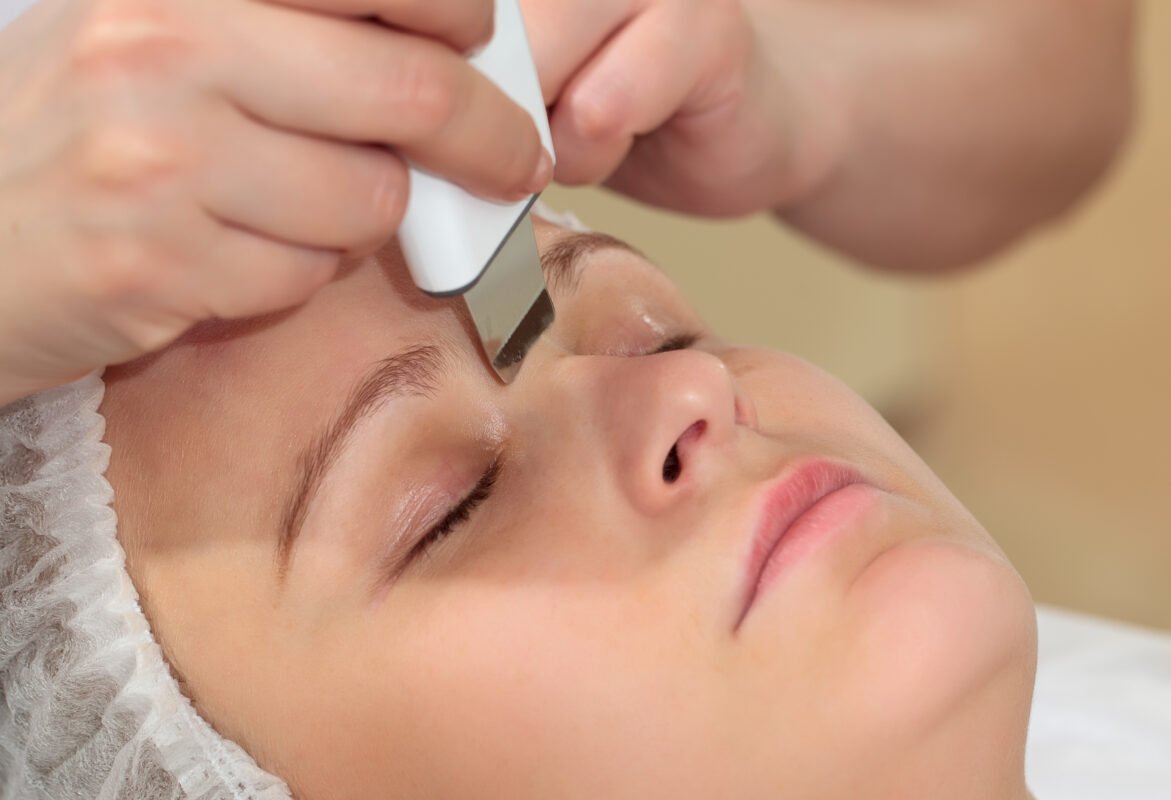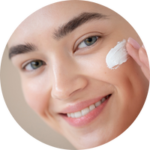How to Choose the Best Ingredients for Your Skincare Routine
How to Choose the Best Ingredients for Your Skincare Routine
Choosing the right ingredients for your skincare routine can be a daunting task, especially with the vast array of products available on the market. With so many options, how do you know which ingredients are the best for your skin? In this comprehensive guide, we’ll break down some of the most popular and effective ingredients in skincare, explain how to choose the best ones for your skin type, and help you make informed decisions to build an effective skincare regimen.
Understanding Your Skin Type and Concerns
Before diving into specific skincare ingredients, it’s essential to understand your skin type and concerns. This will allow you to choose products and ingredients that best address your needs.

Skin Types:
-
Normal Skin: Balanced in moisture and oil, with no excessive dryness or oiliness.
-
Oily Skin: Characterized by a shiny appearance, clogged pores, and a tendency to break out.
-
Dry Skin: Prone to tightness, flakiness, and irritation due to lack of moisture.
-
Combination Skin: A mix of both dry and oily areas, often with an oily T-zone (forehead, nose, chin).
-
Sensitive Skin: Easily irritated, red, or reactive to products and environmental factors.
Skin Concerns:
-
Acne: Pimple outbreaks and clogged pores.
-
Hyperpigmentation: Dark spots and uneven skin tone.
-
Fine Lines & Wrinkles: Signs of aging and skin elasticity loss.
-
Dryness & Dehydration: Skin feels tight, flaky, or lacks moisture.
-
Redness & Irritation: Skin that is prone to sensitivity, rosacea, or allergic reactions.
By understanding your skin type and specific concerns, you can tailor your skincare routine to address these issues effectively.
Key Skincare Ingredients to Look For
Each skincare ingredient serves a specific purpose, so it’s important to choose products with ingredients that will benefit your skin type and address your concerns. Here’s a breakdown of some of the most effective and common skincare ingredients.
1. Hyaluronic Acid
Hyaluronic acid is one of the best ingredients for all skin types, particularly for those with dry or dehydrated skin. It is a humectant, which means it draws moisture into the skin and holds it there. Hyaluronic acid can hold up to 1000 times its weight in water, making it incredibly effective for improving skin hydration.
-
Best For: Dry, dehydrated, or sensitive skin.
-
How it Works: It binds water to the skin, keeping it hydrated and plump.
-
How to Use: Apply a hyaluronic acid serum after cleansing and before moisturizing.
2. Vitamin C
Vitamin C is a potent antioxidant that helps brighten the skin, fight free radical damage, and promote collagen production. It is especially effective for addressing uneven skin tone, hyperpigmentation, and signs of aging.
-
Best For: Dull skin, uneven skin tone, and signs of aging.
-
How it Works: It helps reduce dark spots, brightens the skin, and prevents oxidative damage.
-
How to Use: Apply a vitamin C serum in the morning after cleansing. Follow with sunscreen for added protection against UV damage.
3. Retinol (Vitamin A)
Retinol is a well-known anti-aging ingredient that speeds up cell turnover, reducing fine lines and wrinkles while improving skin texture. It’s also great for treating acne by preventing clogged pores and reducing breakouts.
-
Best For: Aging skin, acne-prone skin, and uneven texture.
-
How it Works: It promotes faster skin cell turnover, unclogs pores, and boosts collagen production.
-
How to Use: Start with a low concentration (0.25% or 0.5%) 2-3 times a week at night. Always follow with sunscreen in the morning.
4. Niacinamide (Vitamin B3)
Niacinamide is a versatile ingredient that works for most skin types. It is known for its ability to improve the skin’s barrier function, reduce redness and irritation, and lighten hyperpigmentation. It also helps regulate oil production.
-
Best For: Sensitive skin, oily skin, and those with redness or pigmentation.
-
How it Works: Reduces inflammation, brightens dark spots, and improves skin texture.
-
How to Use: Apply niacinamide serum after cleansing and before moisturizing.
5. Salicylic Acid (BHA)
Salicylic acid is a beta-hydroxy acid (BHA) that works deep inside the pores to exfoliate and clear blockages. It’s a great option for those with oily and acne-prone skin.
-
Best For: Oily and acne-prone skin.
-
How it Works: Penetrates the pores to exfoliate and prevent clogged pores, which can lead to acne.
-
How to Use: Use a salicylic acid cleanser or toner 2-3 times a week. For more targeted treatment, use a spot treatment.
6. Glycolic Acid (AHA)
Glycolic acid is an alpha-hydroxy acid (AHA) that exfoliates the outer layer of the skin to improve skin texture and radiance. It’s especially useful for addressing uneven skin tone, fine lines, and hyperpigmentation.
-
Best For: Dull, rough skin, and signs of aging.
-
How it Works: Exfoliates the surface layer of the skin, revealing smoother, brighter skin.
-
How to Use: Apply glycolic acid toner or serum after cleansing, 2-3 times a week.
7. Peptides
Peptides are short chains of amino acids that are the building blocks of proteins like collagen and elastin. They help strengthen the skin, improve elasticity, and reduce the appearance of fine lines and wrinkles.
-
Best For: Aging skin, dry skin, and those looking to improve skin elasticity.
-
How it Works: Stimulates collagen production and strengthens the skin barrier.
-
How to Use: Apply peptide serums or moisturizers after cleansing.
8. Ceramides
Ceramides are lipids (fats) that help form the skin’s natural barrier. They lock in moisture and protect the skin from external irritants and pollutants.
-
Best For: Dry, sensitive, and compromised skin.
-
How it Works: Helps restore the skin barrier and prevent moisture loss.
-
How to Use: Apply ceramide-based moisturizers to lock in hydration.
9. Sunscreen (SPF)
No skincare routine is complete without sunscreen. Sunscreen protects your skin from the harmful effects of UV rays, preventing premature aging, hyperpigmentation, and skin cancer. Choose a broad-spectrum sunscreen with an SPF of at least 30.
-
Best For: All skin types.
-
How it Works: Protects the skin from harmful UV rays that cause premature aging and skin damage.
-
How to Use: Apply sunscreen every morning, even on cloudy days. Reapply every 2 hours if exposed to the sun.
Choosing the Right Ingredients Based on Your Skin Type
Now that we’ve covered some of the most popular and effective skincare ingredients, let’s talk about how to choose the right ones based on your skin type.
For Oily Skin:
If you have oily skin, look for products that help balance oil production without over-drying the skin. Salicylic acid, niacinamide, and retinol are excellent choices. These ingredients can reduce oil production, prevent clogged pores, and help clear up acne.
For Dry Skin:
For dry skin, prioritize hydrating ingredients like hyaluronic acid, glycerin, and ceramides. These ingredients help lock in moisture and maintain a healthy skin barrier. Avoid harsh exfoliants or strong acids that may strip the skin of its natural oils.
For Sensitive Skin:
Sensitive skin needs gentle, soothing ingredients that don’t cause irritation or inflammation. Niacinamide, aloe vera, and ceramides are great options. Be sure to avoid fragrances, alcohols, and strong exfoliating acids that may trigger irritation.
For Acne-Prone Skin:
If you struggle with acne, ingredients like salicylic acid, benzoyl peroxide, and retinol can help clear your skin by unclogging pores, reducing inflammation, and preventing new breakouts. Use these ingredients carefully and avoid combining them in the same routine to prevent over-drying or irritation.
For Aging Skin:
To address signs of aging, look for ingredients like retinol, peptides, and vitamin C. These ingredients can promote collagen production, smooth out fine lines, and improve skin texture. Sunscreen is also essential to prevent further damage from UV rays.
How to Layer Your Skincare Products for Maximum Effectiveness
Now that you know which ingredients to choose based on your skin type, it’s important to understand how to layer your products for maximum effectiveness. The order in which you apply your skincare products can greatly impact how well they work. Here’s the general rule of thumb for layering skincare:
-
Start with a Cleanser: Always begin your skincare routine by cleansing your skin. A clean surface allows your skincare products to penetrate deeply and work effectively. Use a gentle cleanser that suits your skin type — opt for a hydrating cleanser for dry skin, a foaming cleanser for oily skin, and a soothing one for sensitive skin.
-
Apply Toner: After cleansing, apply a toner. Toners help balance the skin’s pH and prepare it for the next steps of your skincare routine. For acne-prone skin, you can opt for a toner containing salicylic acid, while hydrating toners with ingredients like glycerin and aloe vera are great for dry or sensitive skin.
-
Treat with Serums: Serums are concentrated formulas that target specific skin concerns, such as acne, wrinkles, or hyperpigmentation. You should apply serums before moisturizing as they contain active ingredients that work best when absorbed directly into the skin. If you use multiple serums, apply the thinnest consistency first, then layer the thicker ones.
-
Moisturize: Moisturizers help lock in hydration and support the skin’s natural barrier. Whether you have oily, dry, or combination skin, moisturizing is a crucial step. If you have oily skin, opt for an oil-free moisturizer; for dry skin, choose a richer, more emollient moisturizer that contains ingredients like ceramides or shea butter.
-
Finish with Sunscreen: Sunscreen should be the last step in your morning skincare routine. It helps protect your skin from harmful UV rays and prevents premature aging. For nighttime routines, sunscreen is not necessary, but you may use a heavier night cream or oil to help lock in moisture while you sleep.
Consistency is Key
While choosing the right ingredients is essential, consistency is equally important. Stick to your skincare routine for a few weeks before assessing any changes, as skincare products take time to show noticeable results. Avoid jumping between products too quickly or constantly trying new ingredients, as this may irritate the skin or hinder progress.

